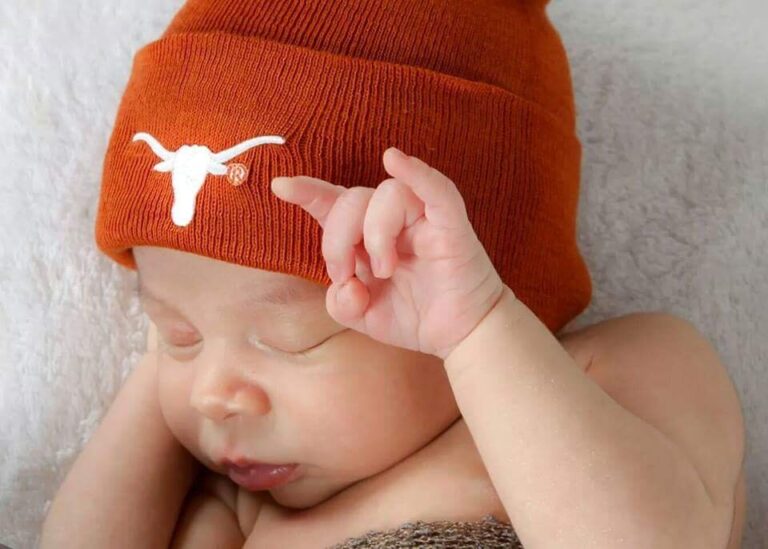Duke Carlisle, Face Mask Enigma, 1990 swimming, Richard Wortham
|
||||||||||||||||||||||||||||||||||||||||||||||||||||||||||||||||||||||||||||||||||||||||||||||||||||||||||||||||||||||||||||||||||||
|
||||||||||||||||||||||||||||||||||||||||||||||||||||||||||||||||||||||||||||||||||||||||||||||||||||||||||||||||||||||||||||||||||||
View in Browser Top of the Que Volume VII Newsletter #19 August 19, 2022 The NIL in 2022 is the new enigmatic marketing version of a tasty round pizza in a square box consumed as a triangle. I hope the NIL delivers a great pizza taste of college football in 2022, no matter the questionable…
View in Browser Top of the Queue – Volume VII Newsletter #24 -November 17, 2023 Texas Legacy Support Network Important: Click on the small red letters “VIEW IN BROWSER” above to enlarge and enhance the photos and text on your cellphone. As told by others, Coach Snyder’s celebration of life link is at https://texas-lsn.squarespace.com/coachdavesnyder-passing Melvin…
View in Browser The Longhorn Brand Top of the Que Volume VI Newsletter # 26 – 11/27/2021Click on “view in Browser” if images are distorted or not shown. MBFC sponsored all the podcasts for 2021 Dr. Octavious Bishop’s oral history is the last in a 10 part series for 2021. Each segment offered a time…

Top of the Que Volume V Newsletter #13 TLSN is an independent organization celebrating Longhorn Sports History . TLSN is not associated with the UT Athletic Department or any organization closely aligned with UT. The website and newsletter are free, insightful, historical, and educational. HOOK’EM ORIGIN 1955 is the Beginning of Big Bertha and the…

View in Browser 6-21-2024 TLSN Newsletter #13 Volume VIII IMPORTANT: Please click on the white letters shown above, titled “VIEW IN BROWSER,” to enlarge and enhance the photos and text on your cellphone. If you don’t, the text and pictures will be small and difficult to read. A note from the Webmaster The TLSN website…
View in Browser Dennis Ladd has passed away Click on the small white letters “VIEW IN BROWSER” above to enlarge and enhance the photos and text on your cellphone. TLSN serves two missions. One is chronicling the history of all Longhorn NCAA-sanctioned sports. The second is a compassionate component offering those who qualify a temporary…